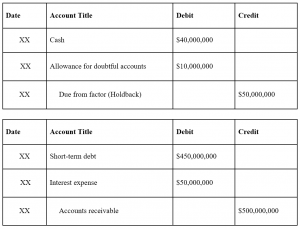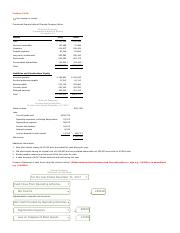Content
- The equation corresponding curve ǿ and Ѱ are first
- consists of drawing steamlines and equipotential lines such that they cut
- How To Draw Flownet
- Tutorial 5 – Flownets
- How to Construct a Flow Net for Seepage Analysis: Laplace’s Equation and Methods
- EOSC 329 FLOWNETS lab4 – EOSC 329: Groundwater hydrology…
- Section VI – Flow Net in Soil Mechanics

The dashed lines drawn across the flow channel are the equipotential lines. Let Δh be the loss of hydraulic head between two consecutive equipotential lines.. Considering a unit length perpendicular to the section shown. The inference from Equations and is that the velocity of flow is normal to lines of constant total head, as illustrated in Figure 1 The direction of v is in the direction of decreasing total head. The head difference between two equipotential lines is called a potential drop or head loss.

Flow lines represent the path of flow along which the water will seep through the soil. Equipotential lines are formed by connecting the points of equal total head. Where HL is the total hydraulic head causing flow, and is equal to the difference of the upstream and the downstream heads. For the flow net drawn in Problem 7.7, calculate the uplift force at the base of the weir per meter length of the structure. EngineeringCivil EngineeringDraw a flow net for the weir shown in Figure 7.22. Another use of the sand tank is for demonstrations to visiting middle-school and high-school students during events at SDSMT such as Girls’ Day, Engineers’ Week, or water festivals.
The equation corresponding curve ǿ and Ѱ are first
Students can visualize the dye’s migration in response to the hydraulic gradient, which leads to a greater understanding of advective-dispersion transport processes in the aquifer (see Fig.4). Also, the dye migration with time can be used to calibrate the groundwater model . Groundwater velocity depends on effective porosity and hydraulic conductivity (see Eq.8).

The visual nature of the dye streaks and their observable progress through the sand are fascinating to younger students, who often have simple but practical questions about why the dye moves in this way. This is also an opportunity to show students that groundwater how to draw flow nets contamination can move unseen beneath the land surface from one place to another, possibly ending up in someone’s well. Young visitors are receptive to the concept that prevention of pollution is much better than trying to clean it up after it occurs.
consists of drawing steamlines and equipotential lines such that they cut
From the drawn flow net, Nf and Nd can be easily counted, and hence, the seepage discharge can be easily computed by using Eqn. • The stream lines in flow net show the direction of flow and the equinoctial lines join the points the equal velocity potential Φ. • The streamlines ψ and equipotential lines Φ are mutually perpendicular to each other. Structville is a media channel dedicated to civil engineering designs, tutorials, research, and general development. At Structville, we stop at nothing in giving you new dimensions to the profession of civil engineering. The head loss between each consecutive equipotential line is constant.

Locate where groundwater is entering and leaving the system. Let us consider a state of plane seepage as for example in the earth dam shown in Figure 1. CliffsNotes study guides are written by real teachers and professors, so no matter what you’re studying, CliffsNotes can ease your homework headaches and help you score high on exams. Let b and L be the dimensions of the field and Δh be the head drop through this field. Let us consider an element of soil of size dx, dz through which flow is taking place. • Flow net should not be governed by the gravity force to maintain the fixed pattern of flow net.
How To Draw Flownet
An equipotential line cannot intersect another equipotential line. It is only applied to problems with simple and ideal boundaries conditions.
What are the rules of flow nets?
- The angle of intersection between each flow line and an equipotential line must be 90o which means they should be orthogonal to each other.
- Two flow lines or two equipotential lines can never cross each other.
- quantity of seepage occurs in each flow channel.
The glass tubes (Fig.1) act as wells that are open at their bottom, as the simplest form of a piezometer. The well on the upgradient side shows a water level that is lower than the reservoir level on the left side of the tank, which helps students visualize the head in the sand at that point where it is measured. A small amount of liquid dye added to the glass tube can make this water level easier to see. The well on the downgradient side shows a water level that is higher than the reservoir level on the right side of the tank (Fig.1), which helps students understand an upward gradient. In some field situations similar to this, a flowing artesian well can be obtained with a sand-point well near a stream where the hydraulic gradient is upward.
What is the formula for flow nets?
p = (h – z)γ where γ is the specific weight of water. SOME HINTS FOR DRAWING FLOW NETS Rules that must be obeyed in drawing flow nets: 1. In a homogeneous isotropic system, flow lines and equipotentials are always perpendicular and form curvilinear "squares".
